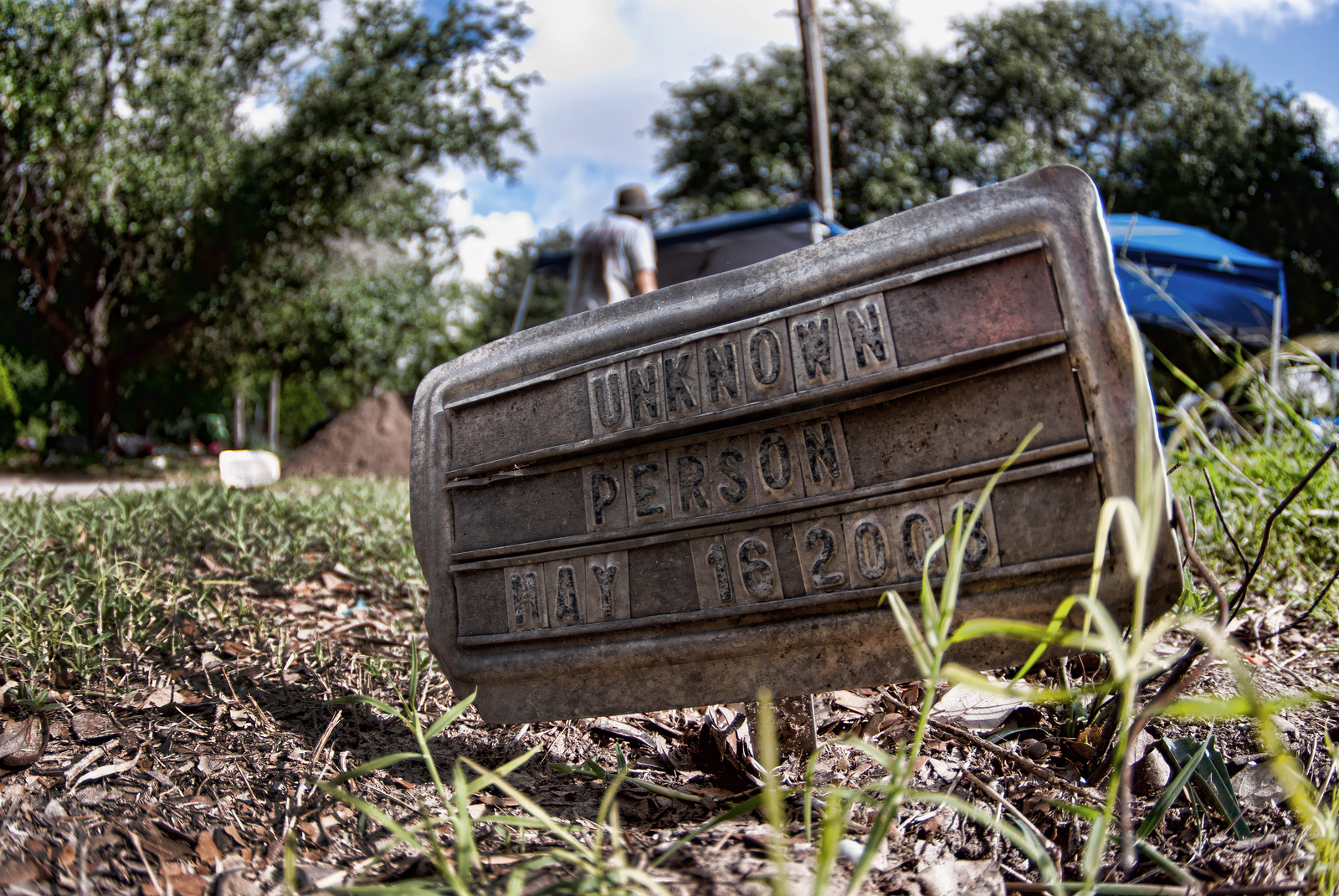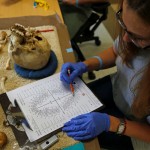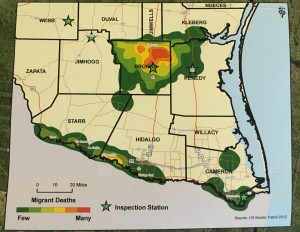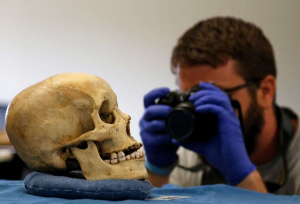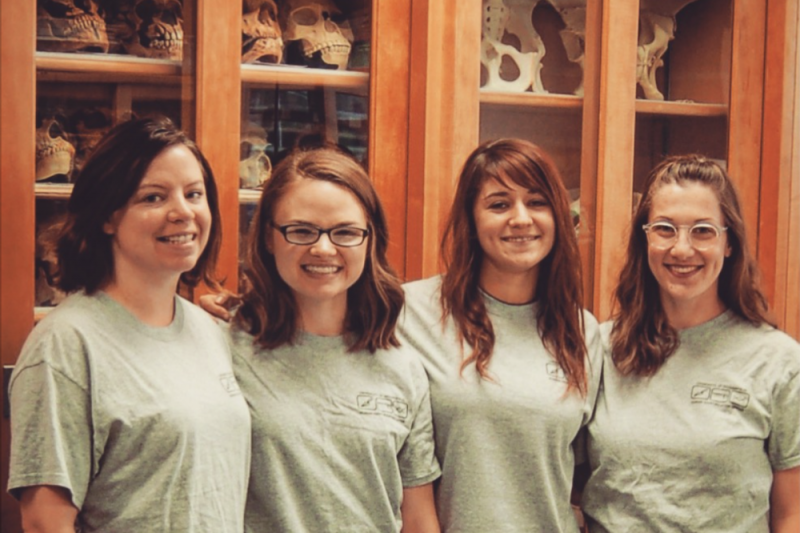The semester is finally over. All of my papers are turned in, projects are done, and exams are over. I have been so busy the past few weeks that it has not hit me until now that we leave for Texas in only a few days. While this may seem like an adequate amount of time, there is still so much I have to do before we leave. I still need to purchase and gather my supplies, pack my suitcase, and begin to prepare myself physically and emotionally for what lies ahead.
This trip is going to be very different from our previous trip in January, so I am at a loss when it comes to expectations. While our January trip consisted of finishing the exhumations in Sacred Heart Burial Park in Falfurrias, TX, the current trip will include both lab analysis and exhumation components. Because our trip in January marked my first involvement with this project, the lab analysis portion is completely new to me. My analysis duties will consist of various aspects of skeletal inventory, dental charting, aging techniques, and photography. While I have participated in these aspects of skeletal analysis at the University of Indianapolis Human Identification Center, I have never had to complete several analyses in one day. I think that this will be the most challenging part about the lab analysis portion of this trip – completing as many analyses as possible to begin the identification process and homeward journey for as many individuals as possible. This coming week, I plan on brushing up on my photography and osteology skills to ensure I am prepared for this endeavor.
Despite the fact that we conducted exhumations during our previous trip in January, I do not feel any less anxious about the exhumation process because it will be taking place in a completely new county. Rio Grande City (Starr Co.) is about 1.5 hours SW of Falfurrias, and it is situated right along the US-Mexico border. Because this is a new and unfamiliar area, I do not have any ideas or expectations regarding what we will encounter upon arrival. I am unaware whether the burials are marked or unmarked, whether they are in a specific part of the cemetery or scattered throughout, what the soil conditions will be like… we are basically going in blind. Much like our last trip, I will again be creating all of the maps of the areas we excavate. The unfamiliarity with this new cemetery makes me anxious, as I do not know what to expect and/or how to prepare. In addition, the weather will be very different this trip. In January, some days had a windchill of only 20 degrees, and there was only one day that I considered “warm.” My most recent weather searches in Rio Grande City indicate the temperature will range between 95 and 100 degrees with between 50 and 60% humidity. The heat will be a new obstacle we will have to face, and will surely impact us in unimaginable ways.
I am so grateful to have been given the opportunity to travel back to Texas and continue to aid in the humanitarian efforts occurring at the border. I am lucky to get to be a part of such an extraordinary effort, made up of numerous agencies and countless hours, dedicated to identification and spreading awareness regarding the crisis occurring at the US-Mexico border. I discovered within myself a passion for humanitarianism on my last trip to Texas, and I can’t wait to continue to give all that I have to this incredible effort. I am grateful for every single experience I had on my last trip to Texas, but I am even more grateful to return.
